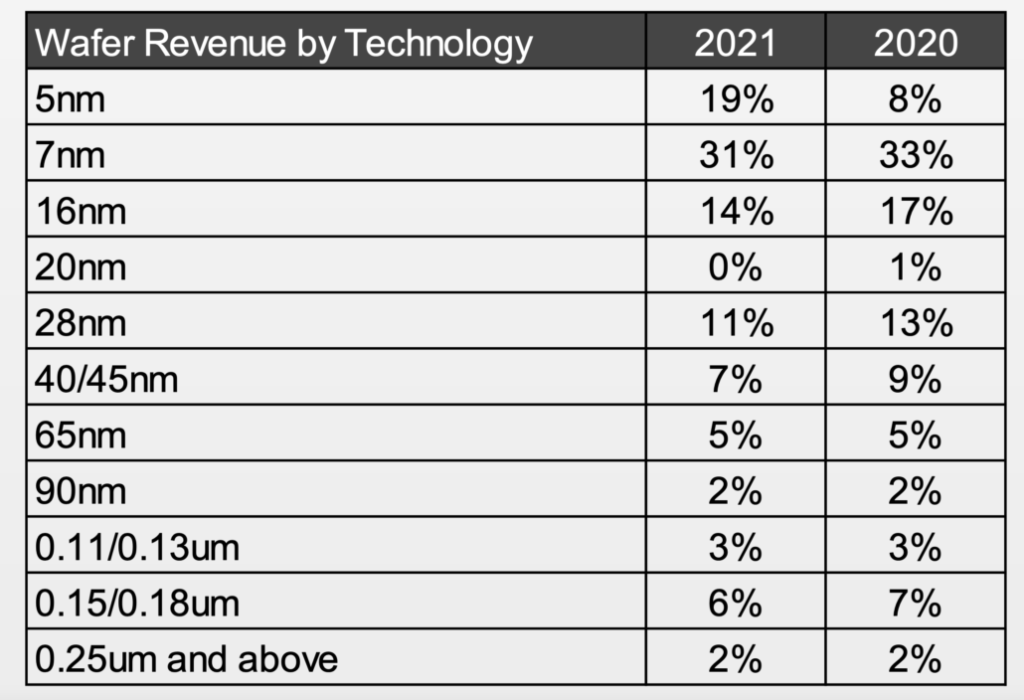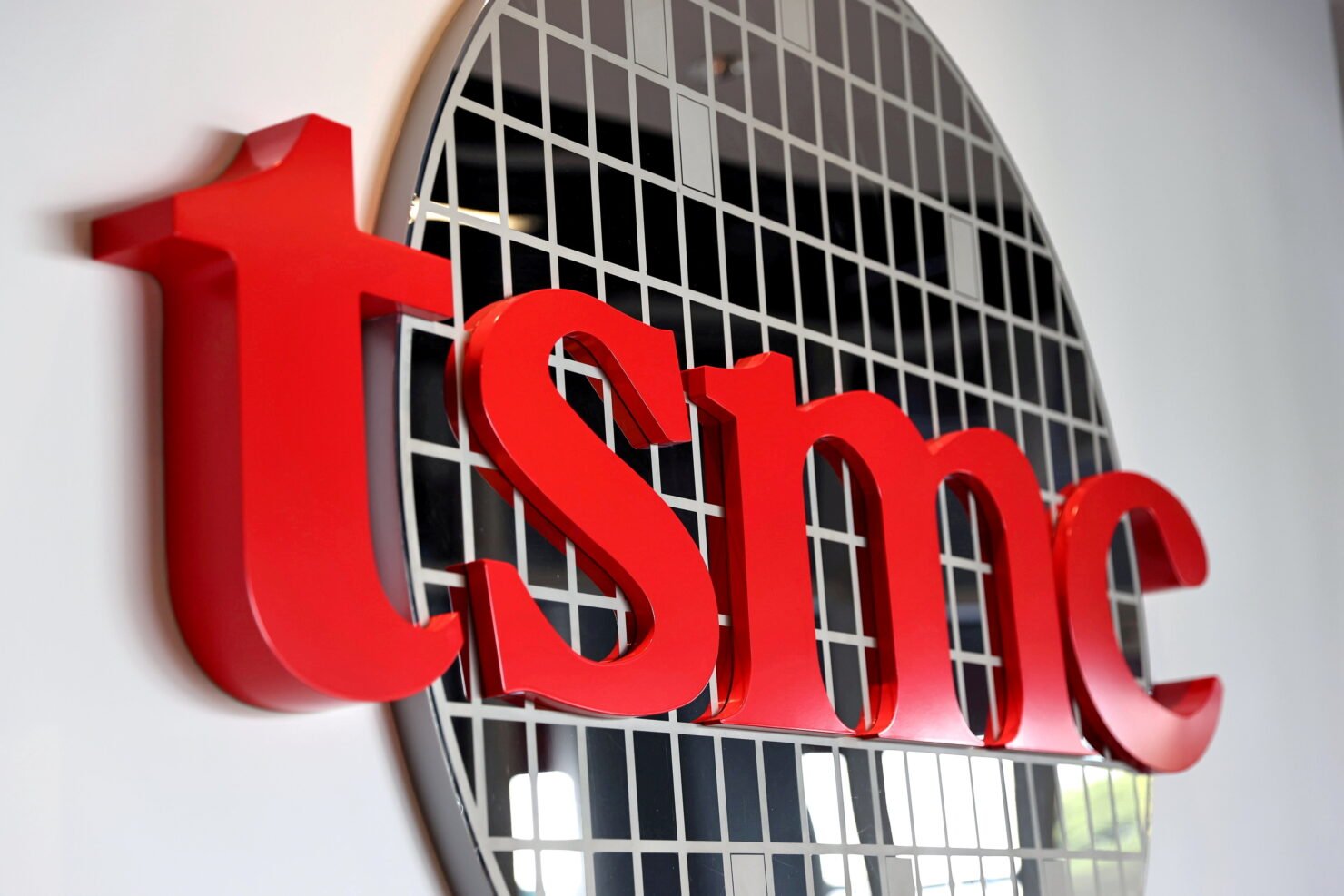Taiwan Semiconductor Manufacturing Company (TSMC) has increased its 5-nanometer (nm) process technology family shipments. The fab plans to go to 3nm manufacture later this year, making this the most advanced technology in the company’s portfolio. Today’s story comes from the Taiwanese publication DigiTimes, which claims that the increased output is to accommodate orders from many businesses in the personal computing market, particularly in light of recent yield issues at Korean chipmaker Samsung Foundry.
In a duopoly that has seen TSMC take a significant lead because to its consistently reliable deliveries and regular technology updates, Samsung and TSMC are the only two businesses in the world that offer third-party chipmaking services.
According to rumours in the semiconductor industry, TSMC has raised its output of the 5nm process from 120,000 wafers per month to 150,000 wafers per month, a 25 percent increase in manufacturing. This growth is attributable to orders from clients other than Apple Inc. and MediaTek, two consumer electronics companies.
After a rumour appeared earlier this week claiming that chip designer Advanced Micro Devices, Inc (AMDZen )’s 4 desktop central processing lineup might reach mass production as early as this month, TSMC announced an increase in output for 5nm devices. The Zen 4 CPUs are said to be built on TSMC’s 5nm manufacturing technology and are likely to hit the market in four to five months.
Aside from the 5nm ramp, DigiTimes says that customer interest in TSMC’s 4nm process family is also high. TSMC’s N5 portfolio includes 4nm technology, which are a variation of the 5nm node.
Another American semiconductor designer, NVIDIA Corporation, is one of the companies that has expressed interest in 4nm. According to Digitimes, NVIDIA has paid TSMC a large sum to reserve 4nm capacity, the majority of which is believed to go to TSMC’s biggest customer, Apple.

TSMC boosts its 5nm Production capacity To 150,000 Wafers/Month due to increasing demands
According to Digitmes’ sources, in addition to the high process yield, the brand image of the Taiwanese fab is also a factor in NVIDIA’s decision. Many observers credit TSMC with allowing AMD to obtain a manufacturing advantage over its larger rival Intel Corporation, and NVIDIA is rumoured to be aiming to cash in on this goodwill. Intel, unlike AMD, which has to rely on businesses like TSMC for its production needs, has its own facilities, which the company has recently struggled to scale.
Finally, TSMC’s 3nm manufacturing technology is expected to begin production later this year. The ‘N3B’ type is the one that will go into production, and Digitims expects initial output to be between 40,000 and 50,000 wafers per month. N3B will be followed by an upgraded variation known as N3E, which will go into production next year.
Also Read:
Moore Threads MTT S60 GPU is the first domestic Chinese GPU to support DirectX








